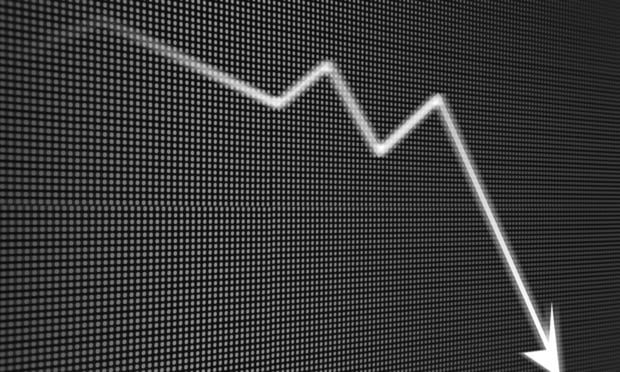 "While the ongoing global health crisis continues, it seems that regulators across most market categories are looking ahead and starting to increase surveillance and enforcement," Chris Harvey, Sedgwick senior vice president, said in a release. (Credit: Naypong Studio/Shutterstock.com)
"While the ongoing global health crisis continues, it seems that regulators across most market categories are looking ahead and starting to increase surveillance and enforcement," Chris Harvey, Sedgwick senior vice president, said in a release. (Credit: Naypong Studio/Shutterstock.com)
For the second year in the past decade, more than 1 billion units of food, drugs, medical devices, automobiles and consumer products were recalled, according to Sedgwick's State of the Nation Recall Index report. However, the number of recalls actually declined for most industries during the past year, but the number of units impacted per event increased.
Recommended For You
Want to continue reading?
Become a Free PropertyCasualty360 Digital Reader
Your access to unlimited PropertyCasualty360 content isn’t changing.
Once you are an ALM digital member, you’ll receive:
- Breaking insurance news and analysis, on-site and via our newsletters and custom alerts
- Weekly Insurance Speak podcast featuring exclusive interviews with industry leaders
- Educational webcasts, white papers, and ebooks from industry thought leaders
- Critical converage of the employee benefits and financial advisory markets on our other ALM sites, BenefitsPRO and ThinkAdvisor
Already have an account? Sign In Now
© Touchpoint Markets, All Rights Reserved. Request academic re-use from www.copyright.com. All other uses, submit a request to [email protected]. For more inforrmation visit Asset & Logo Licensing.







